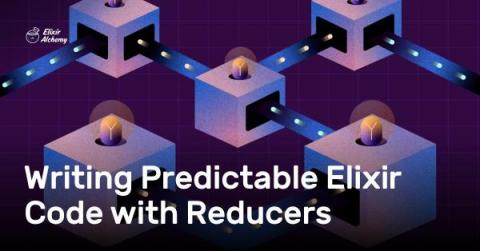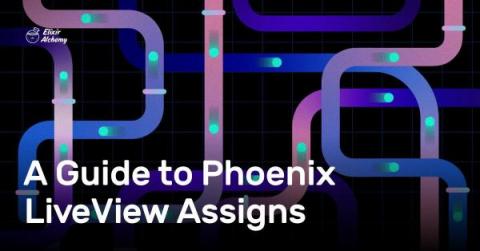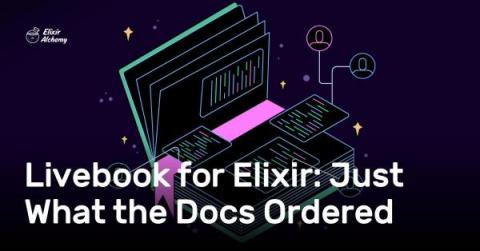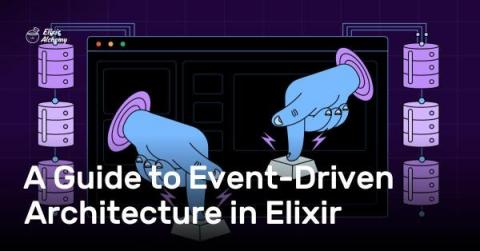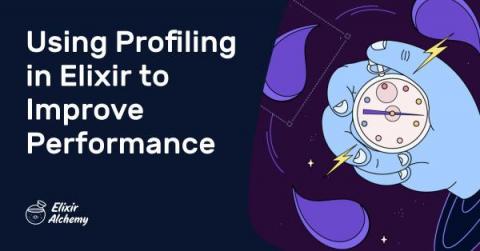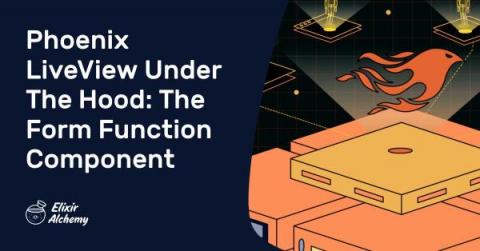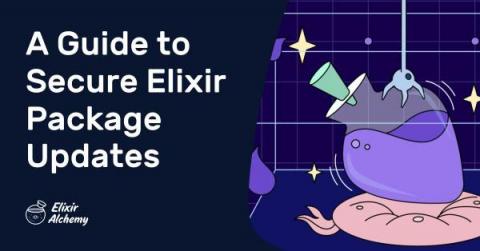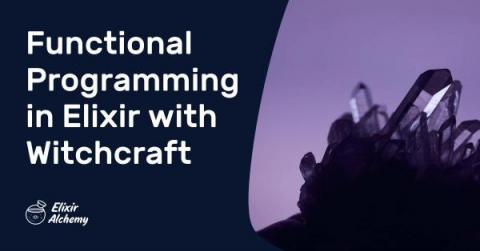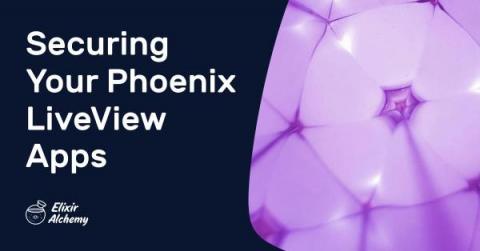Writing Predictable Elixir Code with Reducers
This is the first part of a two-part series about maintainable code in Elixir. In this part, we will show how code predictability plays a crucial role in a project's short and long-term health. We will use Elixir's built-in features for this, like the pipe operator, tuples, and with blocks. First, we'll explain what predictability is and why it is so important. Then we will go through some tools that Elixir already has and how you can use them to write better code.


